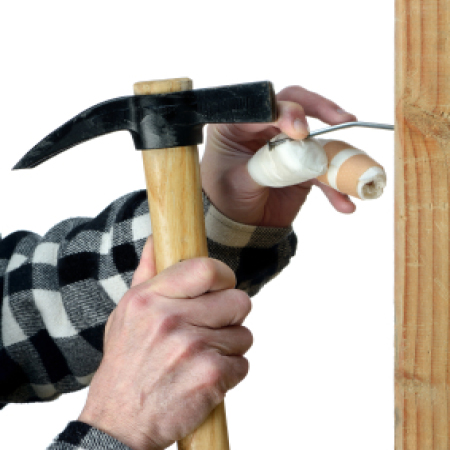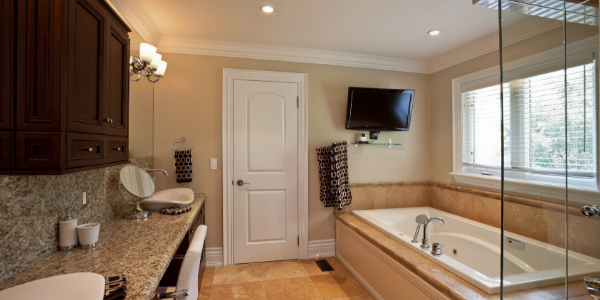What’s Your Responsibility in the Home Remodeling Process?
here are two things that can make a Connecticut home remodeling project more stressful than it needs to be. And while budgets and schedules are probably the things most homeowners think about first when remodeling, that’s not where a lot of the stress comes from. Instead, the big stressors come from homeowners either taking on too much responsibility (micromanaging every detail) or not accepting responsibility for the right things.
So, what’s your responsibility in the home-remodeling process?
First of all, let’s talk about what you don’t need to do. If you’ve done a good job vetting your remodeling contractor and selecting the right one, you don’t need to be looking over his or her shoulder every step of the way. Here’s a story that helps illustrate that.
A prospective client once asked a sage old remodeler what his hourly rate would be. Without batting an eye, the contractor replied: $75 an hour. If you look over my shoulder and make comments, it’s $150 an hour. If you want to grab a tool and help, it’s $250 an hour.”
You get the point. If you hire a qualified professional, you need to let him or her do the job. That doesn’t mean you don’t have responsibilities. You do! But wielding a hammer or saw isn’t one of them—not is offering unsolicited advice about how to do the job. Let’s look at the things you should focus on to make the remodeling experience better.
- Select the right contractor. Choosing the right contractor takes a lot of stress out of the remodeling process. That means taking the time before you sign a contract to make sure you are working with someone you can trust. That makes it so much easier to let them do their job while you focus on other important things. Here’s a helpful post that explores 5 questions to ask before choosing a CT builder.
- Request a timeline from your contractor. Communication with your contractor is key—from the very beginning. If you know the schedule for the renovation—and who is going to show up when in your home— you’ll be much more at ease with the project. Be aware that there can be some variation from the timeline. Delays (beyond your control and beyond your contractor’s control) can happen. Having a realistic timeline is an important starting point. Then talk to your builder about how often you’ll get updates on the project. Regular communication eliminates false expectations.
- Make sure your contractor will wait until the new products have arrived before starting demolition. Once you've made the decision to start construction you'll be eager to get going. But in the long run, you and your contractor will be happier if your house is torn up for as little a time as possible. One of the more stressful parts of remodeling for the homeowner is living with a torn up house (or part of the house). There’s really no point in doing deconstruction if you’re going to have to wait on materials.
- Agree on who is doing what. Make sure it’s clear who is pulling the necessary permits—the contractor or you. This should be done before construction starts. A good remodeler will handle all the necessary electrical, mechanical, building or remodeling permits, but make sure before you get started.
- Set up a staging area for appliances and materials. You may want to clear out an area in your garage for storing materials. If you don’t have room to store new appliances before they’re installed, ask your contractor if he has a warehouse or staging area. Things can move a lot faster if your builder doesn’t have to work around items in the way.
- Pack up ahead of time. You’ll want sturdy boxes for packing up items you won’t use during the renovation period. Packing them away will protect them from dust and damage (oh, there will be dust!). Before your contractor begins to tear out walls, you should be down to basics that will be kept in boxes that are easy to access. Label the boxes so you can find what you need later. This is particularly important if you’re doing a kitchen remodel. And by the way, you’ll want to have a plan for a temporary kitchen where you can at least heat meals in a microwave and wash dishes.
- Get stuff out of the way. Move pictures, mirrors, furniture, and other items. Keep things away from walls adjacent to the room you’re renovating to prevent vibrations from the construction from causing damage.
You don’t need to be an expert with a hammer and saw. And you don’t have to oversee every little detail to make sure the job is done properly. You do have responsibilities in the process, however, and if you do your job well, you’ll make it easier for your contractor to do his job well!
Adapted and updated from the original post.

.jpg)




